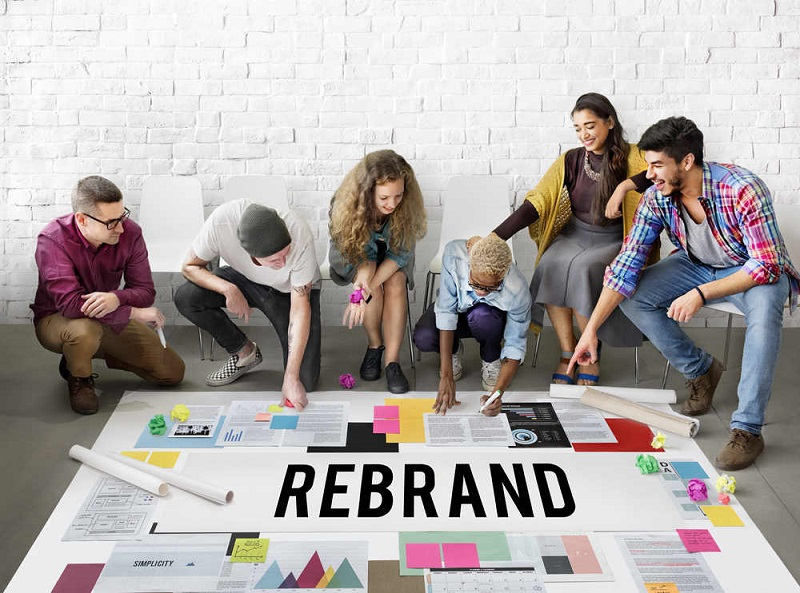Design Innovations Transforming Modern Accommodation: Beyond Aesthetics
- Emma Smith
- May 6, 2024
- 3 min read
Updated: May 2, 2025

The world of interior design is constantly evolving, mirroring our changing lifestyles, attitudes, and technologies. But, what happens when we shift our focus from mere aesthetics and delve deeper into the realm of convenience, sustainability, and wellbeing? How is modern accommodation being impacted, and more importantly, what role do design, and innovation play in shaping these new living spaces? The increasing focus on 'livable design' is now prompting us into exploring these questions.
As an inherent part of our daily existence, our accommodation should be more than just visually appealing. They need to fulfil both our needs and desires, acting as sanctuaries that nourish our bodies and minds. In fact, the concept of the home has undergone a significant transformation in recent years. Today, the widespread appreciation of design extends beyond just the superficial beauty of space—it's about creating holistic environments that enhance the quality of life.
In exploring this trajectory of 'beyond aesthetics,' we'll pry into design innovations shaping modern accommodations. We aim to unravel how practicality, sustainability, and technology have become the new standards, ushering in a wave of modernity into our homes.
Why Modern Accommodations Need To Evolve Beyond Aesthetics
One might question why our domestic spaces need to journey beyond aesthetics. The evolution of modern accommodations cannot be viewed in isolation from global concerns like climate change, technology advancements, urbanization, and wellbeing. These factors compel us to rethink the purpose and design of our 'homes.' An aesthetically pleasing space may seem inviting, but the true value of design lies in its ability to influence our physical and mental wellness, accommodate changing lifestyle needs, and sustain our environment.
What Are The Key Design Innovations In Modern Accommodation
Modern accommodations are now embracing a host of design innovations that merge aesthetics with other pressing requirements. Energy-efficient materials and designs, modular and flexible spaces, smart home technologies, biophilic design, and wellness-focused spaces are rapidly gathering popularity. The general shift is towards accommodations that are low-impact, people-centered, and future-ready.
When Did This Shift Towards 'Beyond Aesthetics' Begin?
This shift in the world of interior design and architecture began in the late 20th century when the world recognized the need for sustainable living situations. This need was further propelled by rapid technological advancements and changing societal values towards a more conscientious way of life.
Who Are The Pioneers Leading This Change?
This design revolution is being led by an array of architects and interior designers worldwide, promoting eco-friendliness, digital integration, or human wellness at the heart of design. These change-makers are redefining the rules and orchestrating the transformation of modern accommodations.
Pros and Cons of Such Design Innovations
There are numerous benefits of adopting such innovative design approaches for modern accommodations, including improved wellbeing, lower environmental impact, and increased adaptability. However, these can also lead to challenges regarding cost, implementation, and the need for frequent adaptability.
How Can This Trend Be Future-Proof?
The key to establishing longevity in this trend lies in evolving with emerging technologies, staying aware of our changing lifestyles, and continually adapting design solutions to suit these fluctuations.
Conclusion:
Design innovations are undeniably imperative in ushering outmoded living paradigms and drifting towards more viable, sustainable, and human-centric accommodations. While these innovations carry inherent challenges, they present even more significant opportunities for us to redefine the narrative of the modern living spaces. In the decades to come, the continued symbiosis of good design and progressive innovation promises to create a landscape in which aesthetics and functionality dance in harmony, painting the canvas of modern accommodations with the strokes of comfort, sustainability, adaptability, and beauty.









Comments